TASK _ DESIGN AN INTERIOR CONCEPT
FOR AUTONOMOUS VEHICLES
︎︎︎
WHY ?
WE NEED TO CLAIM SPACE ONLY WHEN IT´S ACTUALLY NEEDED
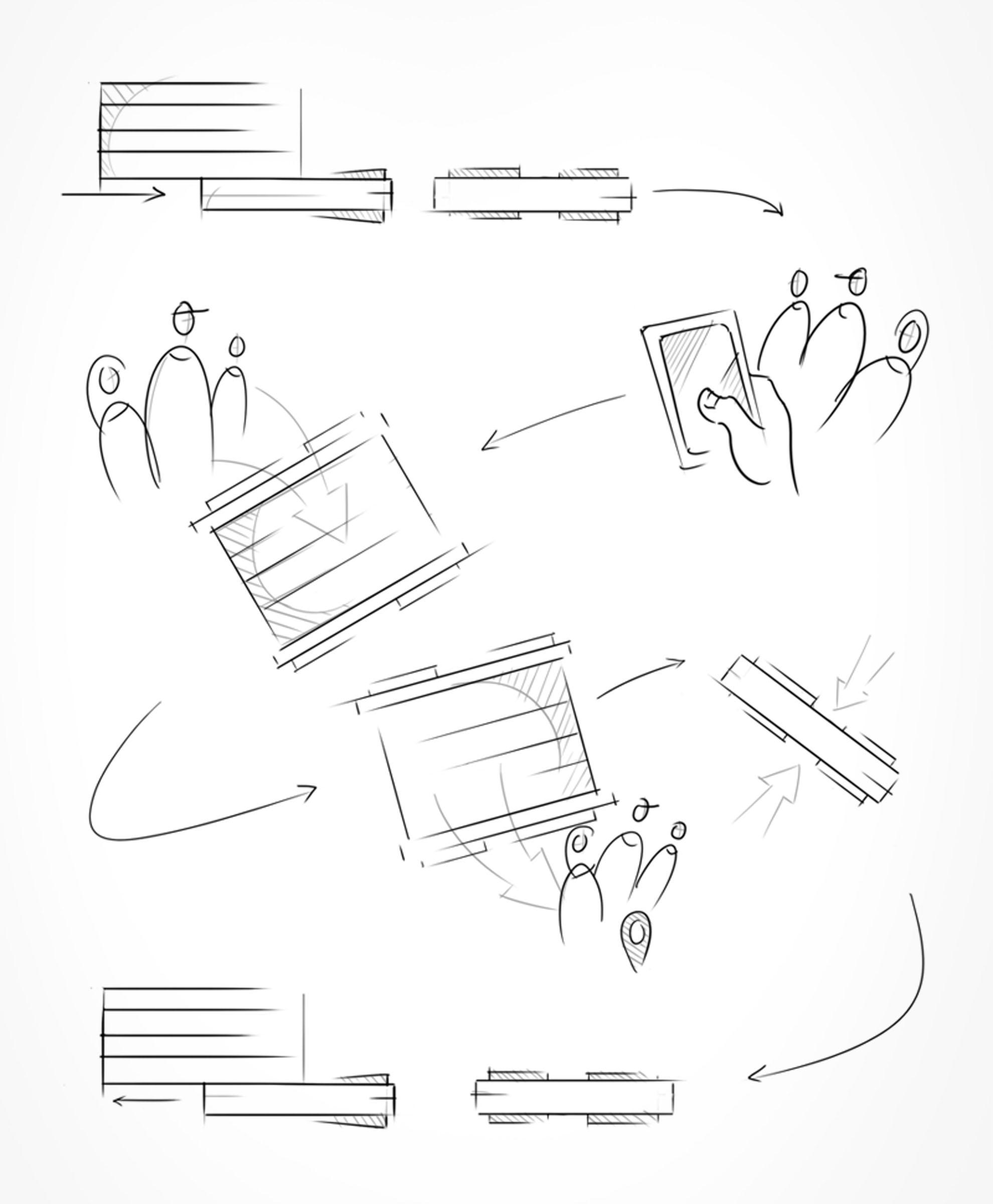
The private car occupies a large part of the public space, which is particularly detrimental to the city and the health of its inhabitants. Autonomous vehicles are often described as a solution, but some issues remain unresolved. What happens during rush hour? Are there still as many cars driving around but without passengers? How individually can the same models react to different users and scenarios?
The COMPACT project started with these questions. The result was supposed to be a car concept for the BROSE GmbH.
Based on the analysis of future scenarios, we defined three main challenges when starting our project - capacity, logistics, and diversity. The capacity provided and the delivery of the vehicle must be designed to be as space-saving as possible, whereas the individual product should allow as many user scenarios as possible.
Based on the analysis of future scenarios, we defined three main challenges when starting our project - capacity, logistics, and diversity. The capacity provided and the delivery of the vehicle must be designed to be as space-saving as possible, whereas the individual product should allow as many user scenarios as possible.

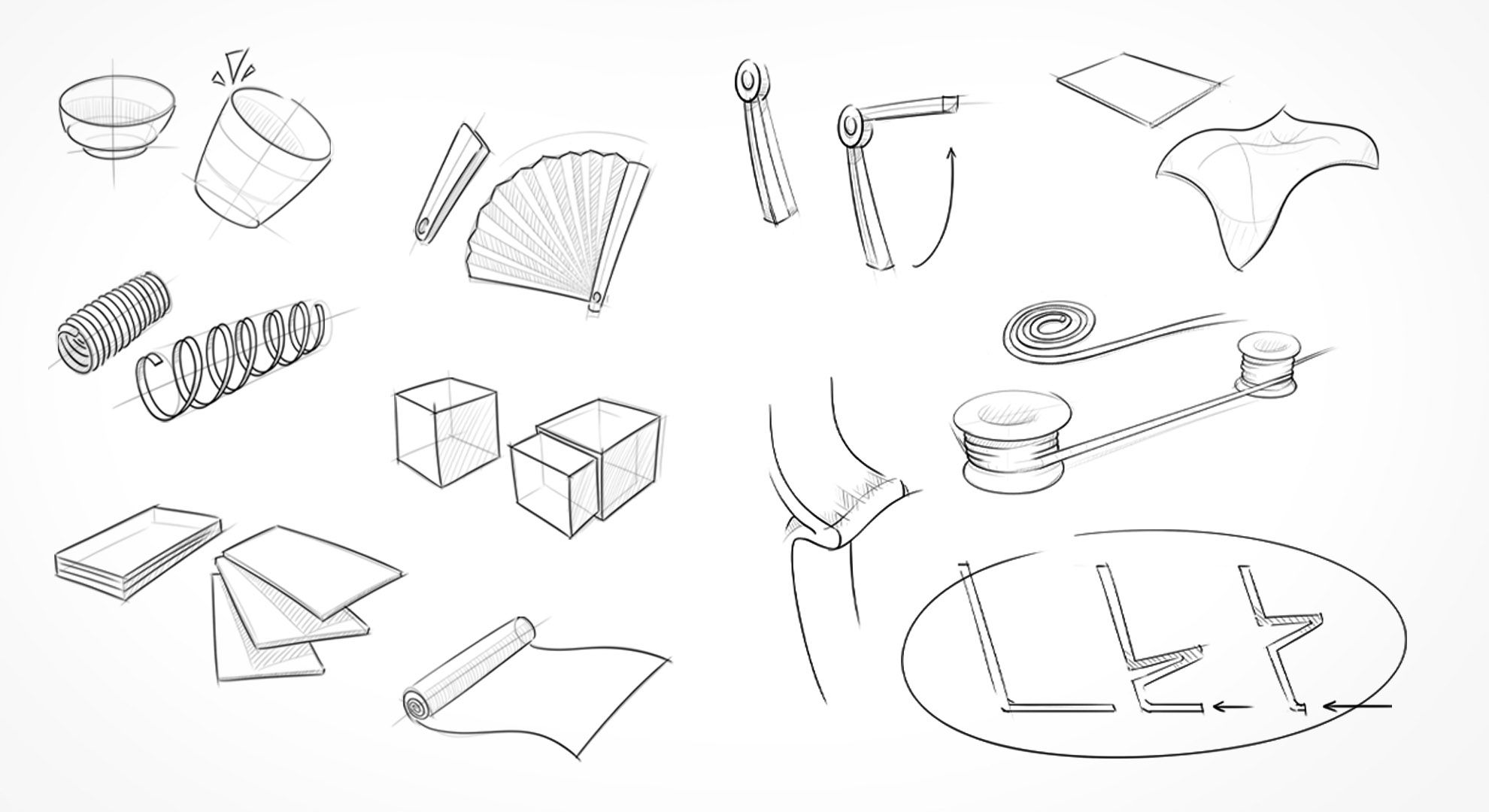
HOW ?
TESTING AND IMPLEMENTING A PRAGMATIC IDEA ...



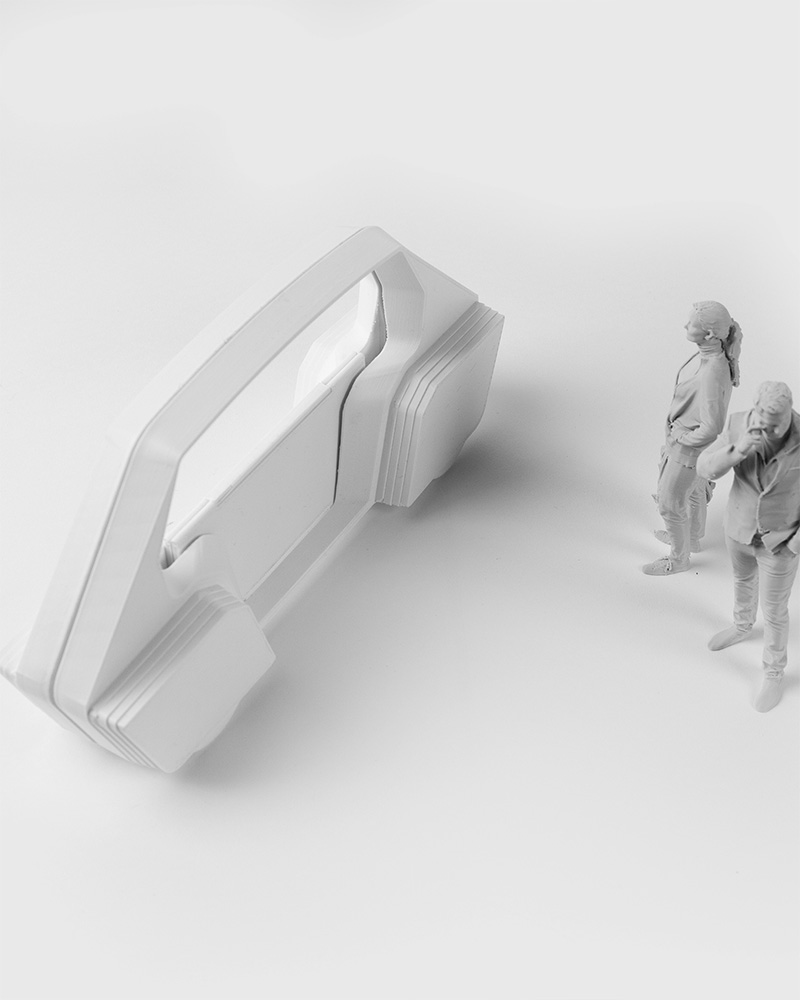

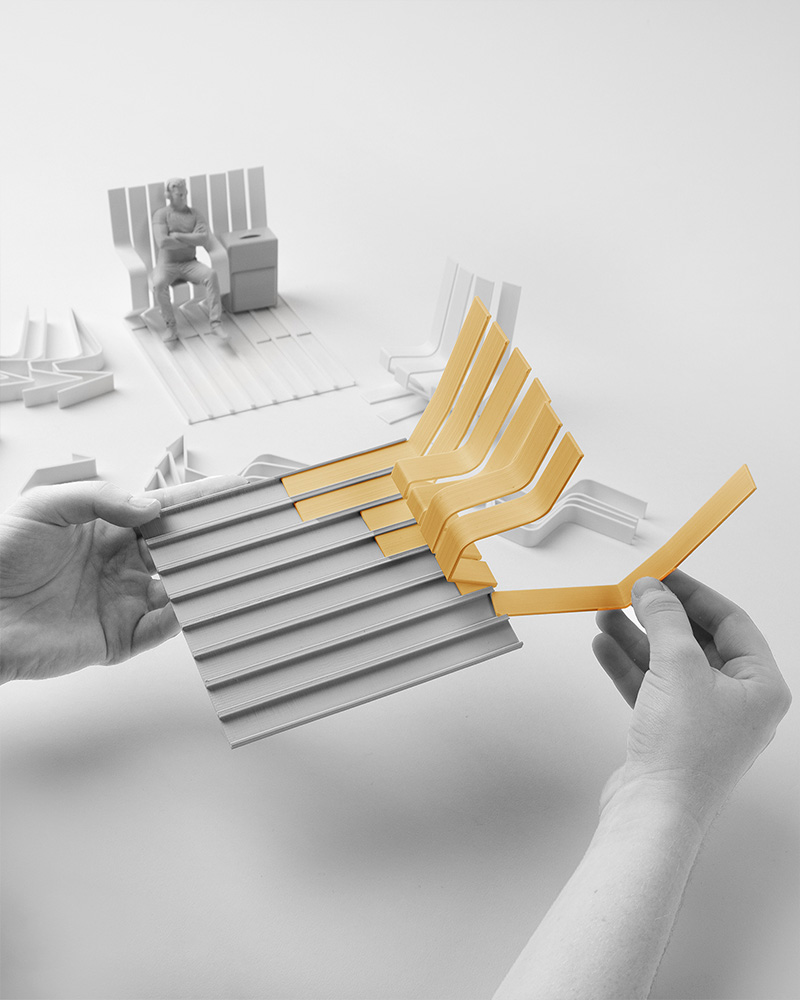
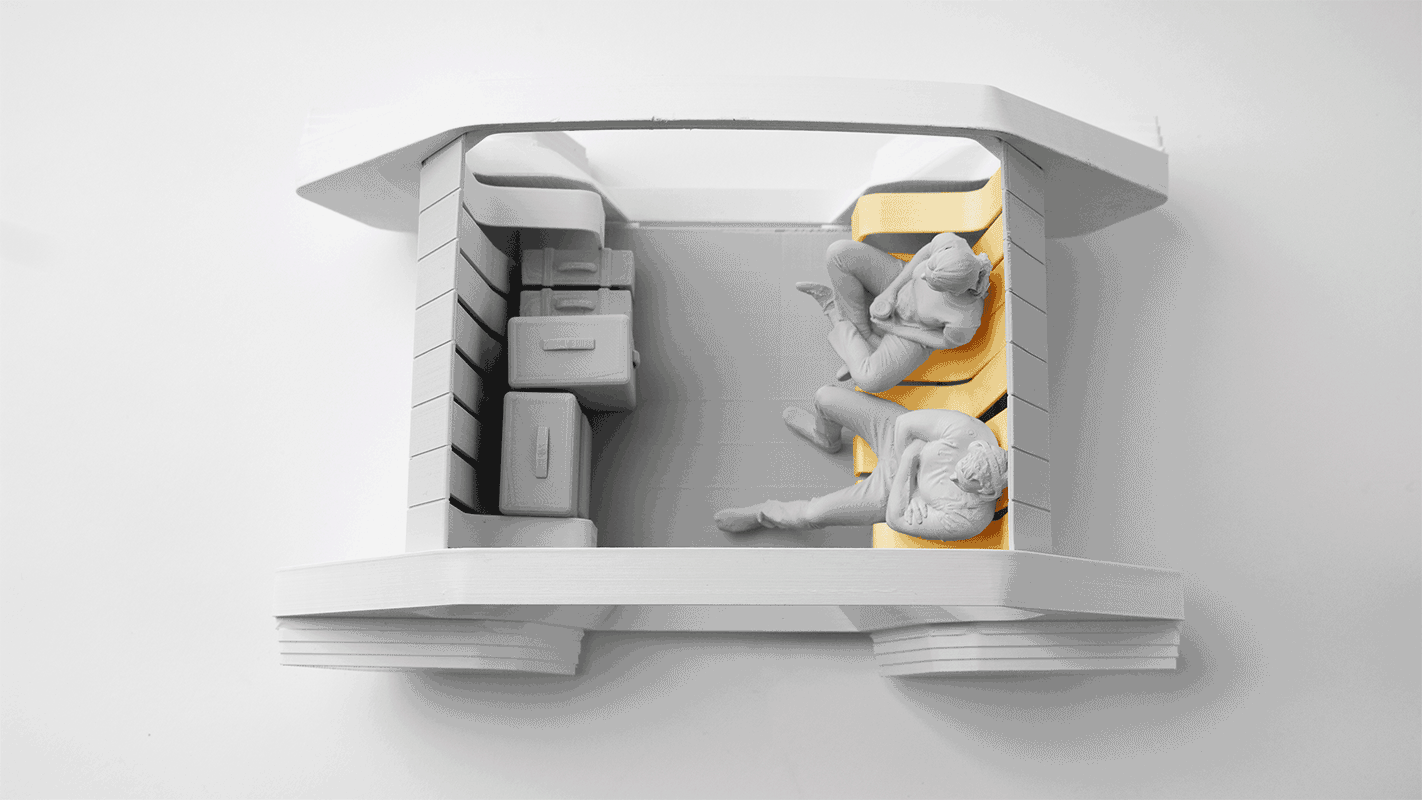
The body of COMPACT consists of two
frames, a foldable floor, and a stowable interior, which consists of
slats pushed over each other. In this way, the middle part of the
vehicle can be completely stowed in the frame. Due to this mechanism COMPACT has three states. In "Standing" (external
dimensions 3,850mm x 657mm x 1,881 mm) three models take the place of a conventional car. In this way, far more models can be stored at strategic junctions. If a vehicle is ordered, up to two models in "Drive" mode (external dimensions 4,004 mm x 964 mm x 1,881
mm) can use the width of a conventional lane simultaneously. Only in "Transport" mode does the volume of COMPACT extend to its
full width(external dimensions 4,044 mm x 2,293 mm x 1,881 mm). The structure of the interior then adapts to individual configurations of the user due to the sliding slats.
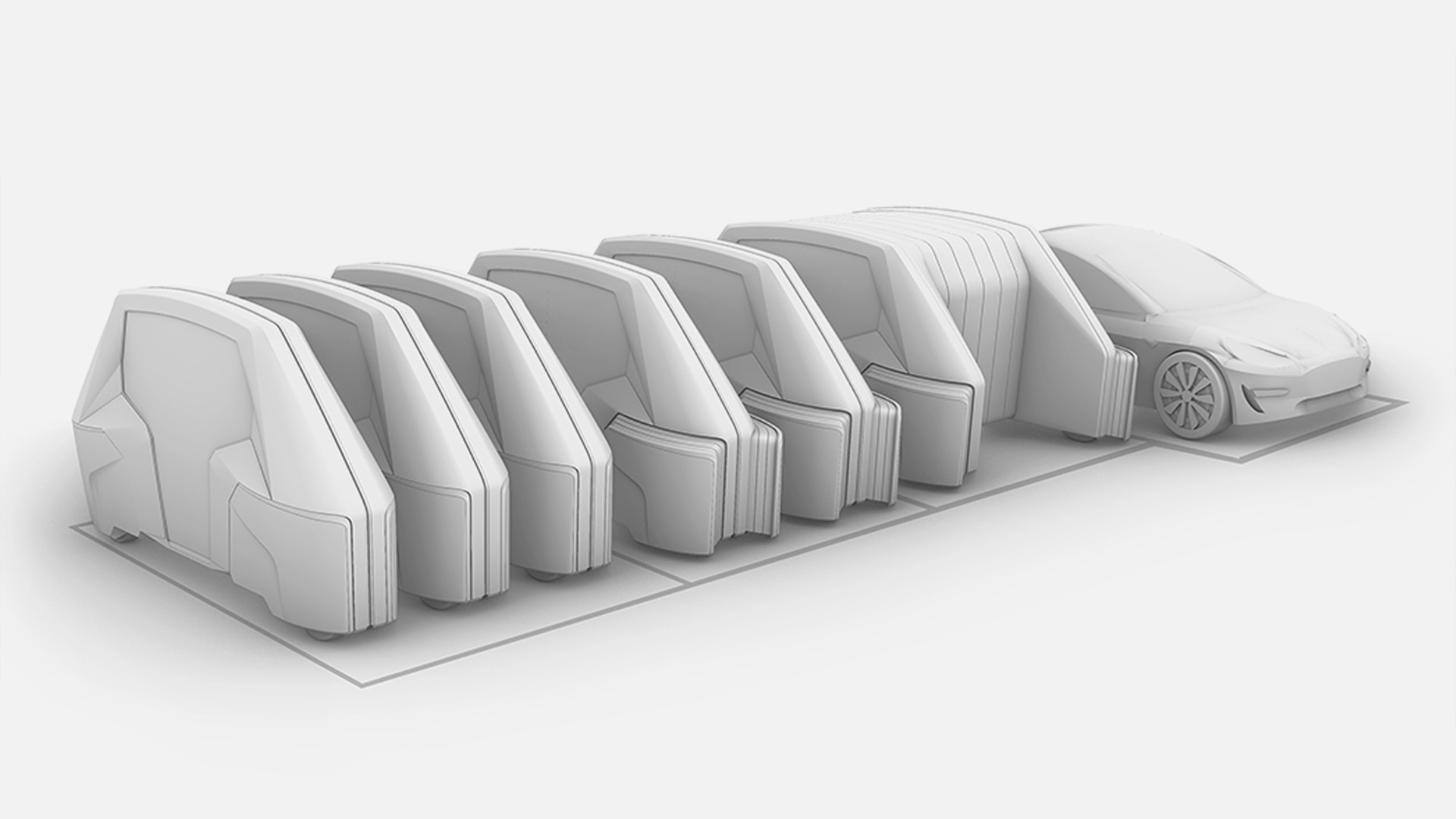
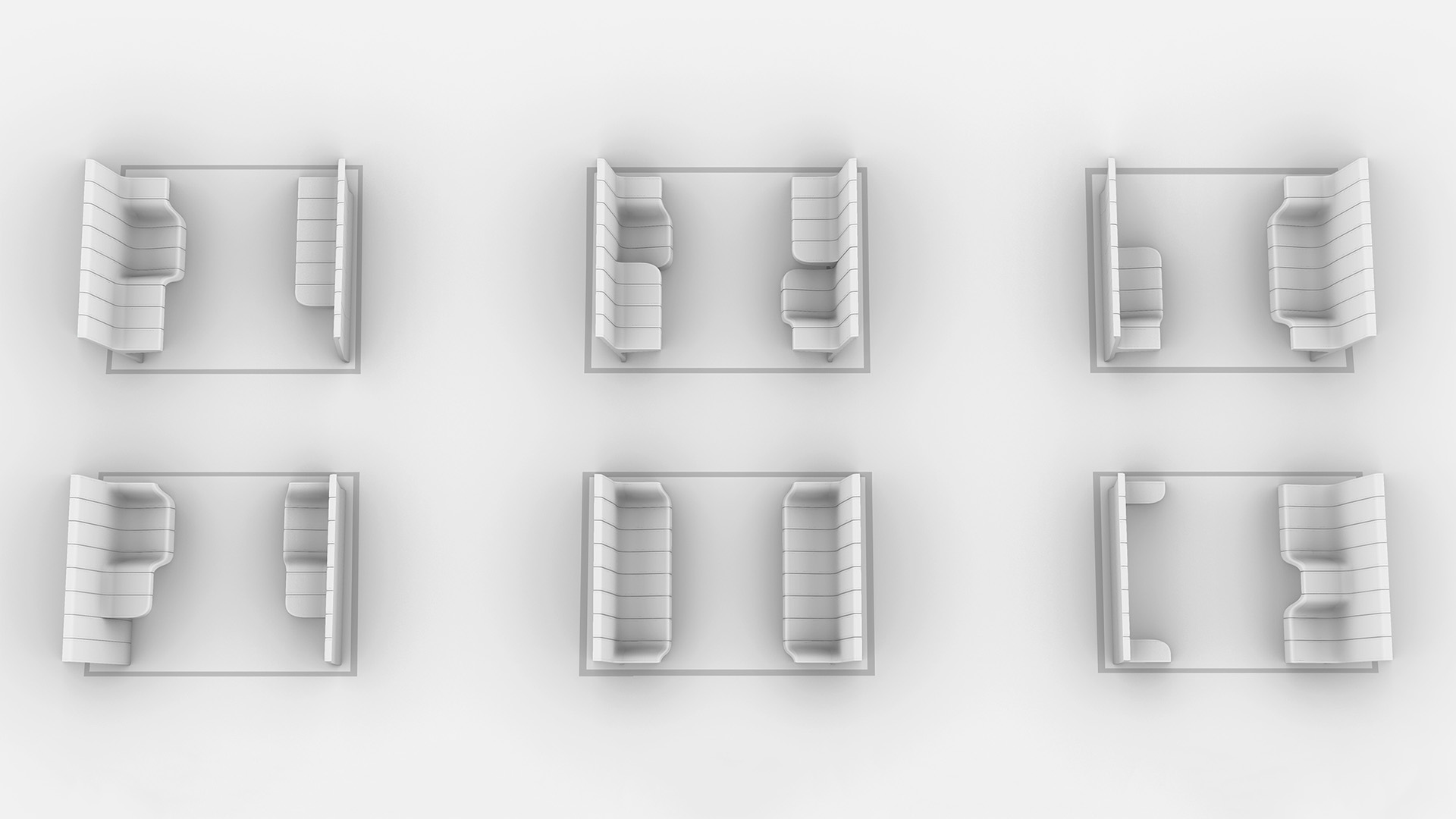


TASK _ DESIGN AN INTERIOR CONCEPT
FOR AUTONOMOUS VEHICLES
︎︎︎
PART _ 1
WE NEED TO CLAIM SPACE ONLY
WHEN IT´S
ACTUALLY NEEDED

The private car occupies a large part of the public space, which is particularly detrimental to the city and the health of its inhabitants. Autonomous vehicles are often described as a solution, but some issues remain unresolved. What happens during rush hour? Are there still as many cars driving around but without passengers? How individually can the same models react to different users and scenarios?
The COMPACT project started with these questions. The result was supposed to be a car concept for the BROSE GmbH.
Based on the analysis of future scenarios, we defined three main challenges when starting our project - capacity, logistics, and diversity. The capacity provided and the delivery of the vehicle must be designed to be as space-saving as possible, whereas the individual product should allow as many user scenarios as possible.
Based on the analysis of future scenarios, we defined three main challenges when starting our project - capacity, logistics, and diversity. The capacity provided and the delivery of the vehicle must be designed to be as space-saving as possible, whereas the individual product should allow as many user scenarios as possible.


HOW ?
TESTING AND IMPLEMENTING A PRAGMATIC IDEA ...







The body of COMPACT consists of two
frames, a foldable floor, and a stowable interior, which consists of
slats pushed over each other. This way, the vehicle’s middle part can be completely stowed in the frame. Due to this mechanism COMPACT has three states. In "Standing" (external
dimensions 3,850mm x 657mm x 1,881 mm) three models take the place of a conventional car. In this way, far more models can be stored at strategic junctions. If a vehicle is ordered, up to two models in "Drive" mode (external dimensions 4,004 mm x 964 mm x 1,881
mm) can use the width of a conventional lane simultaneously. Only in "Transport" mode does the volume of COMPACT extend to its
full width (external dimensions 4,044 mm x 2,293 mm x 1,881 mm). The structure of the interior then adapts to individual configurations of the user due to the sliding slats.




FINAL RESULT


Project Titel _ COMPACT | +1 Team member / Elisabeth Klug
Supervised by Prof. Gerhard Kampe | Coburg University of Applied Sciences
Developed in cooperation with BROSE Fahrzeugteile / Coburg
Preselected by and exhibited by the Bundespreis Ecodesign 2019 / Berlin
Special thanks to Hendrik Nater for teaching and support.
Supervised by Prof. Gerhard Kampe | Coburg University of Applied Sciences
Developed in cooperation with BROSE Fahrzeugteile / Coburg
Preselected by and exhibited by the Bundespreis Ecodesign 2019 / Berlin
Special thanks to Hendrik Nater for teaching and support.
Project Titel _ COMPACT | +1 Team member / Elisabeth Klug | Supervised by Prof. Gerhard Kampe |
Coburg University of Applied Sciences
| Developed in cooperation with BROSE Fahrzeugteile / Coburg | Preselected by and exhibited by the Bundespreis Ecodesign 2019 / Berlin
Special thanks to Hendrik Nater for teaching and support.
Special thanks to Hendrik Nater for teaching and support.